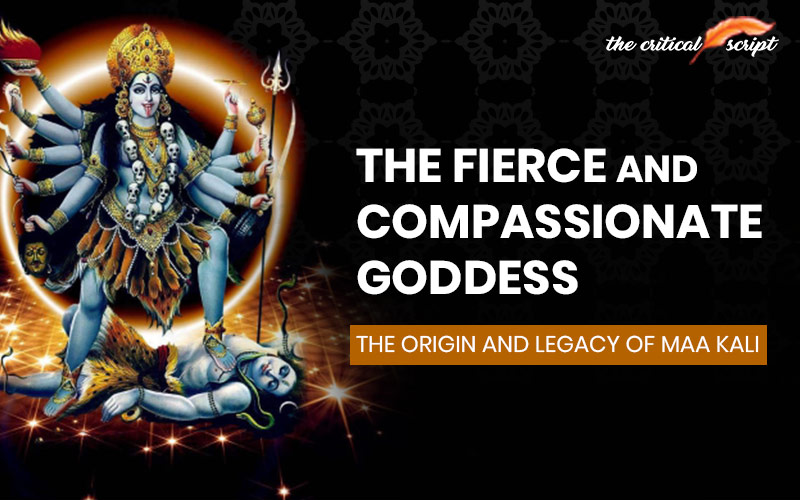
The Fierce and Compassionate Goddess: The Origin and Legacy of Maa Kali
Maa Kali, one of Hinduism’s
most formidable and revered goddesses, is celebrated for her unrestrained
power, fierce compassion, and profound symbolism as the goddess of time,
destruction, and transformation. She embodies the primal feminine energy,
Shakti, and serves as a reminder of the cyclic nature of the universe where
creation and destruction are in constant balance. MaaKali’s origin story,
primarily detailed in Hindu mythological texts, illustrates her emergence as a
divine response to overwhelming darkness, symbolizing her role as both
protector and destroyer. Her legacy continues to inspire devotees as she is
worshipped across India, especially in Bengal, Assam, and other parts of
Eastern India.
Origins of Maa Kali: Born from Wrath, Manifestation of Shakti
The birth of Maa Kali is a
dramatic and potent reminder of divine intervention in the face of overwhelming
evil. Her story finds its roots in the Devi Mahatmya of the MarkandeyaPurana,
where she emerges from the brow of Goddess Durga during a battle with the demon
Raktabija. Known for his unique ability, every drop of Raktabija's blood that
touched the earth would birth another demon like him. This invincibility posed
a significant threat to the gods, who were powerless against his seemingly
endless regeneration.
Seeing the dire need for an
intensified power, Durga manifests Kali from her forehead—a powerful, dark, and
terrifying figure who immediately sets about her task. She roams the
battlefield with relentless energy, consuming each drop of Raktabija's blood
before it can give rise to another demon. Her unyielding form and insatiable
appetite for the destruction of evil ultimately allow her to end the reign of
Raktabija, saving the cosmos from his terror. This image of Kali, with her
disheveled hair, blood-stained tongue, and a garland of skulls, captures her
ferocity and establishes her as the ultimate force of cosmic justice.
Symbolism and Iconography: The Power of Transformation
MaaKali’s appearance and
iconography are rich with symbolic meaning that conveys her role as both a
destroyer and a compassionate mother. Her dark or blue complexion represents
the void from which the universe emerged, embodying the boundless nature of
time and space. Her garland of skulls and skirt of severed arms symbolize the
liberation of souls from the cycle of life and death, while her extended
tongue—often dripping with blood—illustrates her insatiable hunger to
annihilate ego, ignorance, and evil.
Kali’s four arms are a
balance of destructive and benevolent energies. In her upper left hand, she
holds a sword, symbolizing divine knowledge and the severance of ego. The
severed head in her lower left hand represents the end of false identification
with the ego and the temporary nature of existence. Her two right hands, however,
offer blessings and protection, signifying her role as a compassionate mother
to those who seek her refuge. This combination of fearsome and nurturing
qualities embodies the duality of life, death, and the ultimate liberation that
Kali offers her devotees.
Kali in Hindu Philosophy: The Ultimate Reality
In Hindu philosophy, Maa Kali
is often seen as the embodiment of Shakti, or pure consciousness. Her
association with the concept of Kala (time) underscores her power to transcend
it, representing the eternal force beyond creation and dissolution. In tantric
practices, she is revered as the ultimate reality—beyond birth and death, form
and formlessness—making her a key deity in the path to spiritual liberation.
In tantra, Kali’s fearsome
form is seen as a manifestation of the boundless potential of the universe, the
energy that gives life to all things and takes it back in due time. Her
presence reminds practitioners of the impermanence of worldly attachments and
the path toward moksha (liberation). By surrendering to her, devotees believe
they can overcome the bonds of karma and ego, realizing a state of oneness with
the divine.
Maa Kali’s Legacy and Cultural Significance
Kali’s influence extends far
beyond her origins, with a particularly strong cultural significance in Eastern
India. In Bengal, Kali Puja is celebrated with great reverence, coinciding with
Diwali in many other parts of India. Temples and homes are adorned with her
images, and devotees offer flowers, sweets, and prayers to honor her as both a
fierce protector and a loving mother. Her worship during Kali Puja emphasizes
her role as the destroyer of darkness, both literal and metaphorical, and her
ability to guide souls toward liberation.
Kali’s presence in
literature, art, and folklore also speaks to her impact. Bengali poets,
particularly the 18th-century mystic Ramprasad Sen, composed countless
devotional songs that portray her as both terrifying and tender. Through these
works, Kali is depicted as a personal deity, one who nurtures and liberates
those who surrender to her will. Artistic representations of Kali range from
traditional paintings and sculptures that capture her fierce iconography to
modern art that portrays her as a symbol of feminine power and spiritual
freedom.
Kali as an Empowering Force for Women
In recent decades, Maa Kali
has also come to represent feminine empowerment and the strength to challenge
social norms. As a goddess who defies conventional standards of beauty and
behavior, Kali embodies an untamed power that many women find inspiring. Her
unapologetic independence, fierce determination, and willingness to confront
injustice have made her a powerful symbol for women who seek liberation from
societal constraints. In her image, women find the courage to embrace their power,
defy oppression, and pursue their true nature.
A Timeless and Universal Archetype
The legacy of Maa Kali
extends beyond India, as her image and symbolism have found resonance in global
spirituality and art. Many people around the world, inspired by her fearless
nature, look to Kali as a guide for personal transformation. Her imagery has
been adopted in modern art and literature to represent the inner battle with
fear, ignorance, and ego. In this way, Kali’s influence has transformed her
from a Hindu deity into a universal archetype of destruction and rebirth,
embodying the eternal cycle of time and existence.
The Timeless Legacy of Maa Kali
Maa Kali is a goddess whose
symbolism and legacy are as vast as the cosmic forces she represents. As both
destroyer and nurturer, Kali embodies the full spectrum of existence, reminding
devotees of the inevitable cycle of life, death, and rebirth. Her fierce and
compassionate nature offers solace and strength to those who seek her
protection, while her powerful symbolism continues to inspire devotion and awe.
For her followers, she remains the ultimate reality, a mother who both destroys
and saves, guiding souls toward liberation and self-realization. Kali’s legacy
endures as a force of divine power, illustrating that in destruction lies the
potential for transformation and that in the fierce embrace of the goddess, one
finds liberation from the bounds of the material world.
Disclaimer: The opinions expressed in this article are those of the author's. They do not purport to reflect the opinions or views of The Critical Script or its editor.

Newsletter!!!
Subscribe to our weekly Newsletter and stay tuned.



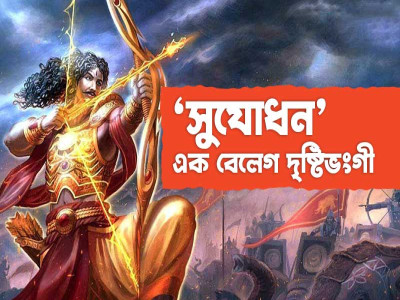
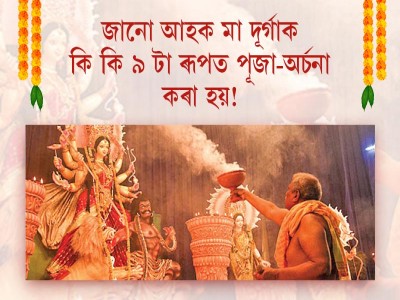
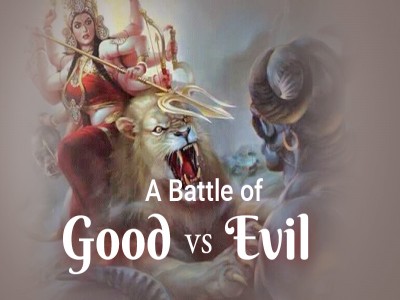
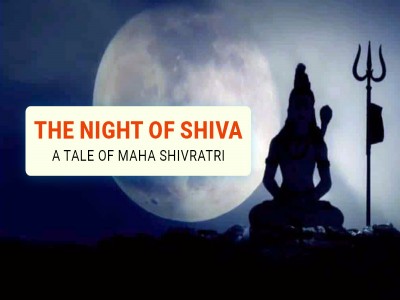










Related Comments